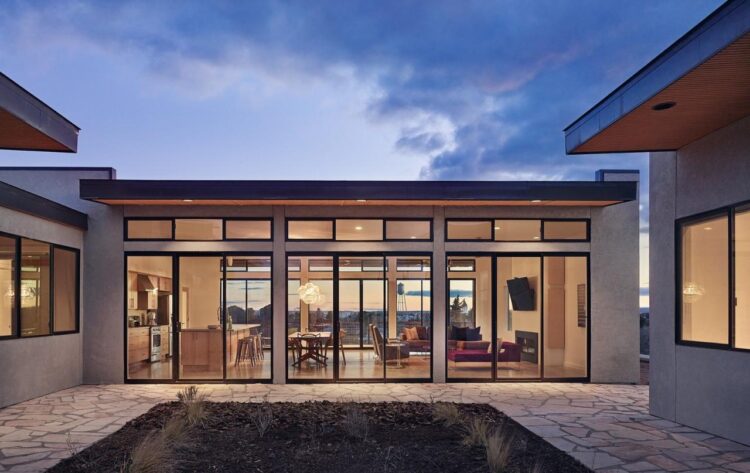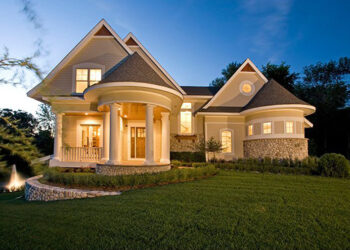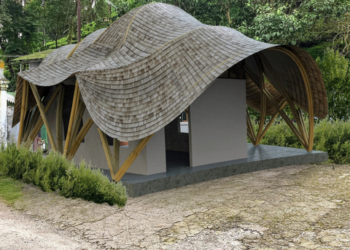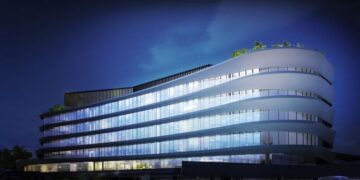The landscape of residential construction is undergoing a significant transformation, driven by advancements in technology, environmental consciousness, and a growing demand for efficient, high-quality housing solutions. Among the most prominent innovations leading this charge is prefabricated (prefab) housing. Once perhaps associated with rudimentary, temporary structures, modern prefab homes have evolved into sophisticated, durable, and aesthetically pleasing dwellings that offer a compelling alternative to traditional stick-built construction.
This comprehensive article will delve deep into the myriad advantages that prefab housing presents, exploring how its unique methodologies address common challenges in construction, from escalating costs and prolonged timelines to environmental impact and quality control. We will uncover why more and more homeowners, developers, and even governments are turning to modular and manufactured homes as a viable, often superior, option for the future of building.
Deconstructing Prefabricated Construction
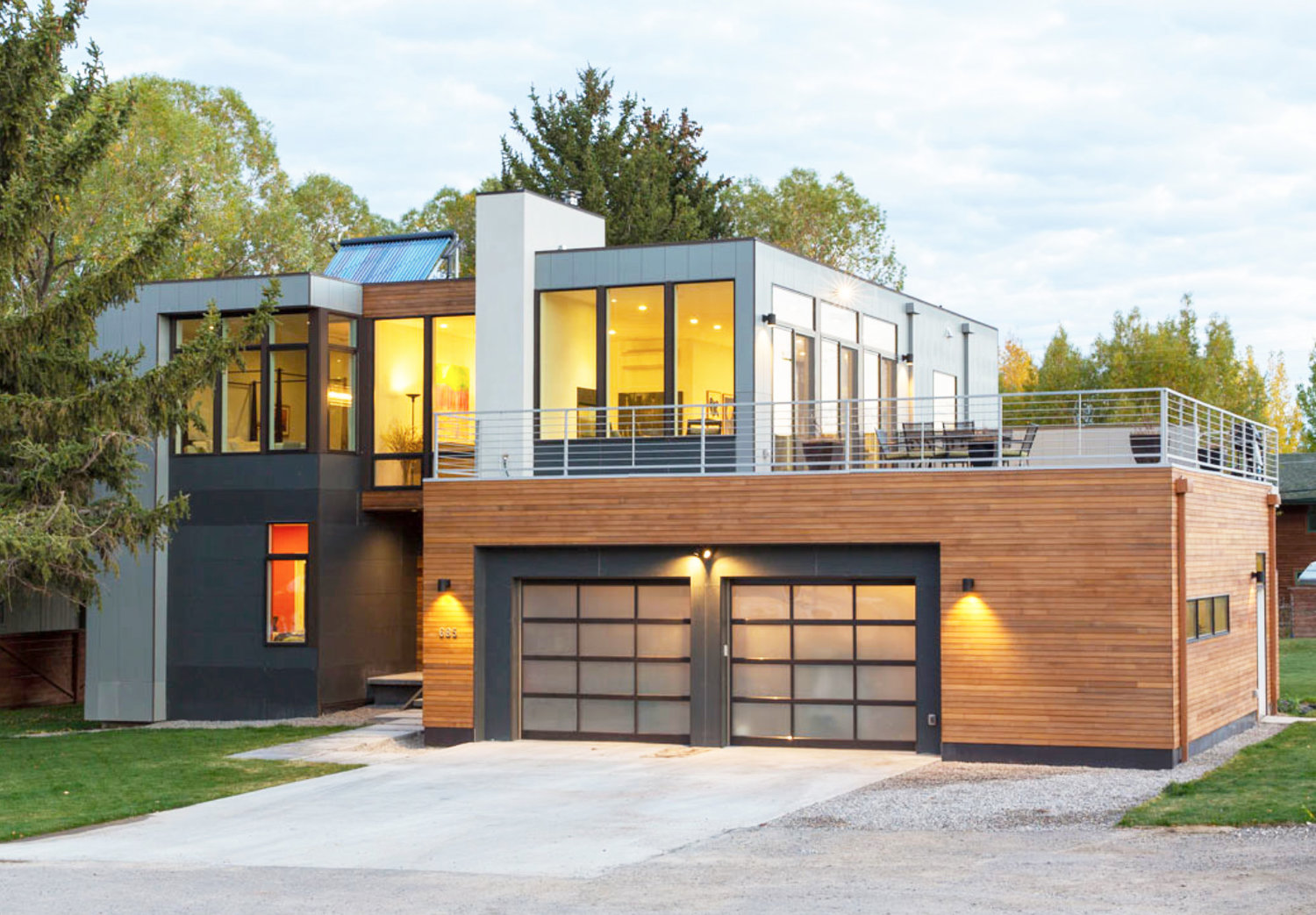
Before we explore the benefits, it’s essential to understand what “prefabricated” truly means in the context of housing. Unlike traditional construction where most of the building process occurs on-site, prefab housing involves manufacturing significant components or entire modules of a home in a controlled factory environment. These components are then transported to the building site and assembled. This overarching term encompasses several specific types of construction:
A. Modular Homes: These are homes built in sections, or modules, in a factory. Each module is essentially a three-dimensional unit (e.g., a room, a combination of rooms) that is transported to the site and lifted onto the foundation. Once assembled, they are virtually indistinguishable from site-built homes and adhere to the same local building codes.
B. Manufactured Homes (Mobile Homes): Historically known as mobile homes, these are also built in factories but are constructed on a permanent chassis and can be moved. They adhere to a specific federal building code (HUD Code) rather than local building codes. While once seen as less permanent, modern manufactured homes offer significant improvements in quality and design.
C. Panelized Homes: In this method, wall, floor, and roof panels are constructed in a factory and then shipped flat to the site for assembly. This is often used for the structural shell of a home, with interior finishing done on-site.
D. Pre-cut Homes: All the lumber and components are cut to precise lengths in the factory, labeled, and then shipped to the site for assembly, much like a giant kit. This reduces on-site waste and cutting time.
E. Shipping Container Homes: Utilizing repurposed shipping containers as structural elements, these homes are a unique subset of prefab, offering a quick and often more affordable way to create compact, modern living spaces.
The common thread across all these types is the shift of a substantial portion of the construction process from the unpredictable and often inefficient outdoor job site to the controlled and streamlined factory floor.
The Paramount Benefits of Prefabricated Housing
The advantages of choosing a prefab home are numerous and compelling, addressing many of the pain points associated with traditional building methods.
1. Accelerated Construction Timelines
One of the most immediate and significant benefits of prefab construction is its speed.
A. Simultaneous Processes: Unlike traditional building where foundation work must be completed before framing can begin, prefab allows for site preparation (foundation, utility hookups) and home module construction to occur simultaneously. This parallel processing significantly compresses the overall project timeline.
B. Weather Independence: Factory construction is immune to adverse weather conditions that can halt or delay on-site builds. Rain, snow, extreme heat, or cold do not impact the manufacturing schedule, leading to predictable completion dates.
C. Streamlined Workflow: Factories operate on assembly-line principles, optimizing workflows and ensuring a steady progression of work. Specialized teams perform specific tasks efficiently.
D. Reduced On-Site Labor: With much of the work done in the factory, the time and number of workers required on the actual building site are drastically reduced, simplifying logistics and management.
E. Faster Occupancy: A quicker build time translates directly to earlier occupancy for homeowners, saving on interim housing costs or allowing for quicker rental income for investors.
2. Cost Efficiencies and Budget Predictability
Cost control is a major concern in any construction project. Prefab homes offer several avenues for significant savings and greater financial certainty.
A. Material Waste Reduction: Factory environments allow for precise cutting and material management, minimizing waste. Bulk purchasing of materials by manufacturers also leads to lower unit costs. Less waste means less money spent on materials and disposal.
B. Labor Cost Optimization: The efficiency of factory production, coupled with consistent work schedules, leads to optimized labor utilization. Workers are specialized and efficient in their tasks, reducing overall labor hours per unit.
C. Reduced On-Site Overhead: Less time on-site means lower costs for temporary facilities, security, site management, and equipment rentals.
D. Predictable Pricing: Because the manufacturing process is so controlled, manufacturers can provide more accurate and firm pricing upfront, reducing the likelihood of unexpected cost overruns common in traditional builds.
E. Elimination of Weather Delays Costs: Avoiding weather-related delays saves money on labor and equipment that would otherwise sit idle.
F. Lower Interest on Construction Loans: A shorter construction period means less time accruing interest on construction loans, leading to significant savings over the life of the project.
3. Superior Quality and Durability
The controlled factory environment contributes directly to a higher standard of construction quality.
A. Controlled Environment: Materials are protected from the elements, preventing issues like warping, mold growth, or material degradation that can occur on an exposed job site.
B. Precision Engineering: Factory settings utilize advanced machinery, jigs, and computer-aided design (CAD) to ensure precise cuts and accurate assembly. This leads to tighter seams, squarer walls, and overall better structural integrity.
C. Stringent Quality Control: Prefab factories implement rigorous quality control checks at every stage of the manufacturing process. Independent inspectors often oversee the process, ensuring adherence to strict building codes and standards.
D. Enhanced Structural Integrity for Transport: Modules are built to withstand the stresses of transportation to the site, meaning they are often inherently stronger and more robust than stick-built homes. This added structural reinforcement translates to greater durability once assembled.
E. Skilled Workforce: Factory workers often specialize in specific tasks, leading to higher levels of craftsmanship and consistency compared to general on-site crews.
4. Environmental Sustainability and Energy Efficiency
Prefab housing aligns well with modern demands for greener building practices.
A. Reduced Material Waste: As mentioned, factory efficiency dramatically cuts down on construction waste sent to landfills. Offcuts and scraps can often be recycled within the factory.
B. Lower Energy Consumption During Construction: Centralized manufacturing reduces the need for extensive on-site equipment operation, leading to lower fuel consumption and emissions.
C. Minimized Site Disruption: The shorter on-site presence and reduced volume of deliveries lessen the impact on the immediate environment around the construction site. Less noise, less dust, and less vehicular traffic.
D. Optimized Energy Performance: The precise construction in a factory setting allows for superior insulation, tighter seals, and fewer air leaks. This results in homes that are inherently more energy-efficient, leading to lower heating and cooling costs for homeowners.
E. Sustainable Material Sourcing: Manufacturers often have better control over sourcing sustainable, recycled, or rapidly renewable materials due to their larger purchasing power and centralized operations.
F. Reduced Carbon Footprint: From less material waste to more efficient transport (fewer trips to site), the overall carbon footprint of prefab construction is generally lower than traditional methods.
5. Design Flexibility and Customization
A common misconception is that prefab homes offer limited design choices. Modern prefab contradicts this entirely.
A. Architectural Versatility: Contemporary prefab manufacturers offer a vast array of architectural styles, from traditional and colonial to ultra-modern and minimalist. The modular nature allows for diverse layouts and aesthetic expressions.
B. Customization Options: While standardized modules provide efficiency, most manufacturers offer extensive customization options for finishes, fixtures, floor plans, exterior materials, and smart home integrations. Homeowners can select everything from cabinetry to flooring, creating a truly personalized space.
C. Scalability and Expansion: The modular nature makes future expansion simpler. Adding an extra room or an entire wing can be more straightforward with prefabricated modules.
D. High-End Features: Many prefab homes come equipped with high-end appliances, smart home technology, and premium finishes as standard or upgrade options, rivaling custom-built homes.
E. Designer Collaboration: Increasingly, renowned architects are collaborating with prefab manufacturers to create innovative and aesthetically striking designs, pushing the boundaries of what’s possible in modular construction.
6. Enhanced Safety for Workers
Factory environments offer a significantly safer working environment compared to traditional construction sites.
A. Controlled Conditions: Workers are not exposed to adverse weather, slippery surfaces, or the hazards of working at height in uncontrolled outdoor conditions.
B. Ergonomic Workstations: Factories can implement ergonomic setups and specialized equipment, reducing strain and injury risks.
C. Reduced On-Site Hazards: With less work happening on the raw construction site, there are fewer risks associated with heavy machinery, open trenches, and exposed electrical wiring for on-site crews.
D. Consistent Training and Supervision: Factory settings allow for more consistent training and direct supervision, ensuring safety protocols are followed rigorously.
7. Accessibility and Affordability
Prefab housing can play a crucial role in addressing housing shortages and making homeownership more attainable.
A. Faster Time to Market: For developers, the speed of prefab construction means homes can be brought to market much quicker, helping to meet housing demands more efficiently.
B. Cost Predictability for Developers: The fixed costs of prefab modules allow developers to manage budgets more accurately, making large-scale housing projects more viable.
C. Potential for Lower Entry Costs: While not always the case for high-end custom prefabs, the inherent efficiencies can translate into more affordable housing options, especially for entry-level homes or in regions with high traditional construction costs.
D. Addressing Labor Shortages: Prefabrication can help mitigate the impact of skilled labor shortages in the construction industry by shifting work to a controlled factory environment.
Addressing Common Misconceptions
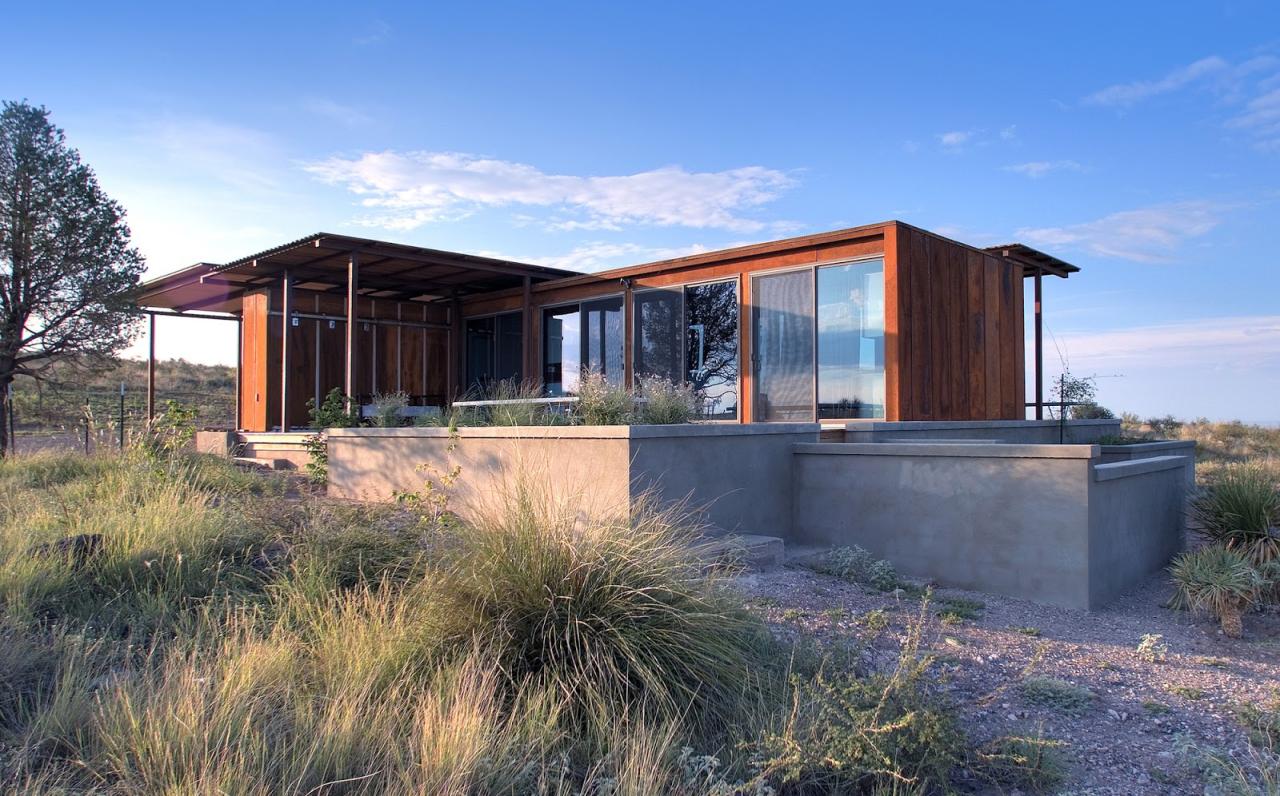
Despite its numerous advantages, prefab housing still faces some lingering misconceptions.
A. Myth: They are “Mobile Homes.” While manufactured homes (a type of prefab) are built on a chassis, modern modular homes are permanent structures built to local codes and placed on traditional foundations, indistinguishable from site-built homes.
B. Myth: They are Low Quality. As discussed, the controlled factory environment and rigorous quality control often result in higher quality construction than traditional methods.
C. Myth: They All Look the Same. The reality is quite the opposite. Modern prefab offers immense design flexibility, customization, and a wide range of architectural styles.
D. Myth: They Don’t Appreciate in Value. Modular homes, being built to local codes and permanently affixed to foundations, appreciate in value just like comparable site-built homes. Manufactured homes, depending on their age and local market, may have different appreciation rates.
E. Myth: They are Difficult to Finance. Modular homes can be financed with conventional mortgages, just like traditional homes. Manufactured homes have specific financing options, including FHA loans, which are widely available.
The Future Landscape of Housing
The trends strongly suggest that prefab housing will continue to gain traction and sophistication.
A. Increased Automation and Robotics: Factories will become even more automated, enhancing precision, speed, and safety.
B. Advanced Materials: Research into new, sustainable, and high-performance building materials will further improve the efficiency and environmental footprint of prefab homes.
C. Integration with Smart Technologies: Prefab homes are increasingly designed with integrated smart home systems, making them future-ready and highly efficient.
D. Urban Infill Solutions: Prefabrication offers efficient solutions for building in dense urban areas, where space and on-site disruption are major concerns.
E. Disaster Relief and Rapid Deployment: The speed and efficiency of prefab construction make it ideal for quickly deploying housing in response to natural disasters or humanitarian crises.
F. Net-Zero and Passive House Standards: The precision and control inherent in prefab manufacturing make it easier to meet stringent energy efficiency standards like Net-Zero Energy and Passive House certifications.
Considerations for Choosing Prefab
While the advantages are clear, potential homeowners should consider a few factors:
A. Land Acquisition: You still need to acquire a suitable plot of land for your prefab home.
B. Site Preparation: Foundation work, utility hookups, and grading still need to be done on-site. These costs are separate from the prefab unit itself.
C. Transportation Logistics: Transporting large modules can be complex and requires specialized equipment and permits, particularly for difficult-to-access sites.
D. Local Regulations: While modular homes meet local codes, it’s crucial to understand specific zoning laws, HOA restrictions, and utility connection requirements in your chosen area.
E. Finding a Reputable Manufacturer: Thorough research into manufacturers’ track records, quality standards, and customer service is paramount.
F. Financing Details: While financing is available, understanding the specifics for modular versus manufactured homes is important.
Conclusion
Prefabricated housing stands as a testament to innovation in construction, offering a compelling blend of speed, cost-efficiency, superior quality, and environmental responsibility. By shifting a significant portion of the building process into controlled factory environments, prefab homes bypass many of the common pitfalls of traditional construction, delivering a more predictable, sustainable, and often higher-quality product.
As global populations grow and the demand for efficient, affordable, and sustainable housing solutions intensifies, the role of prefab construction will only become more vital. Moving beyond outdated perceptions, modern prefab homes represent a smart, swift, and sustainable path forward, offering a genuinely viable and often superior option for individuals and communities seeking to build the homes of tomorrow, today. Embracing this evolution in construction means embracing a future of smarter, greener, and more accessible housing for all.

